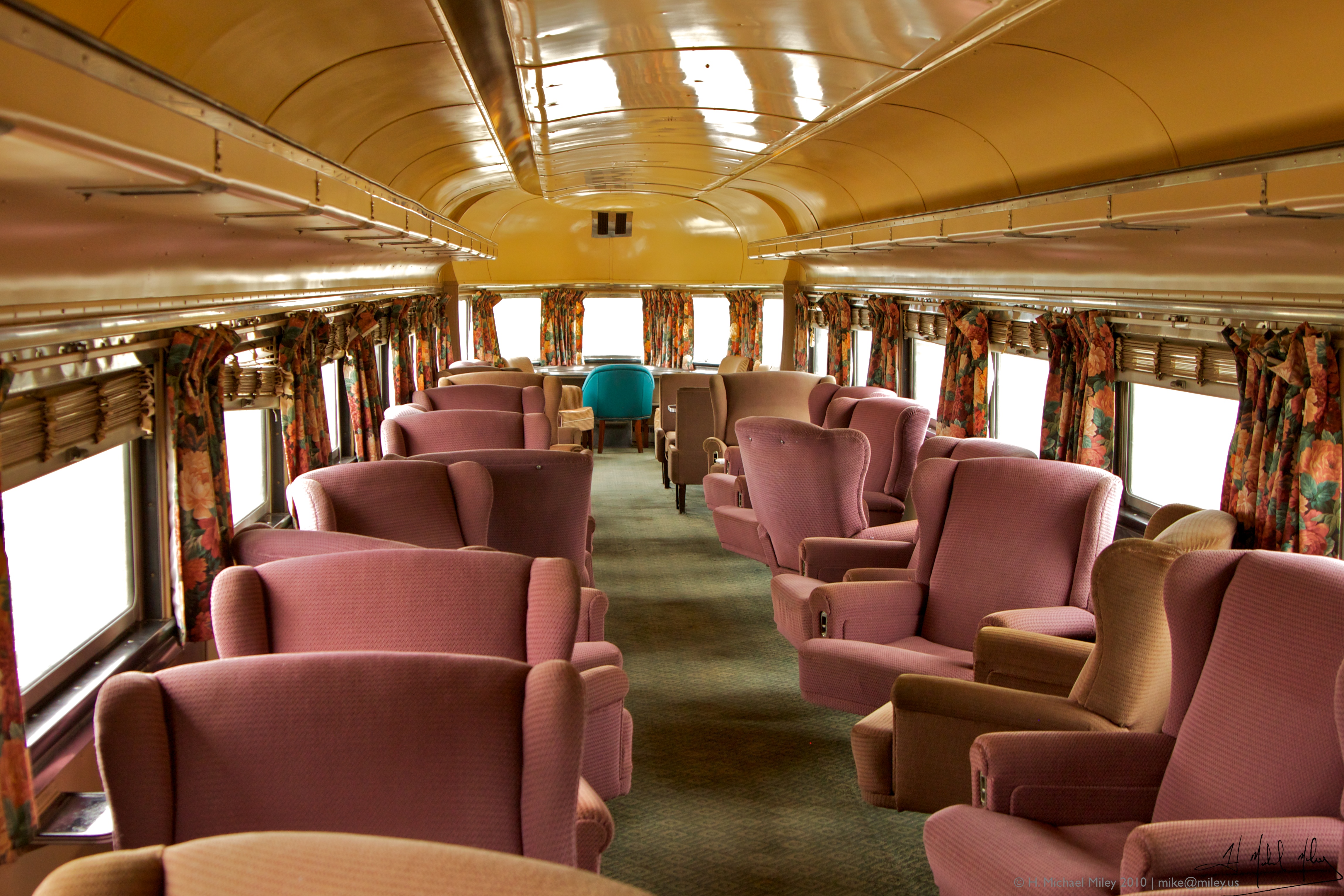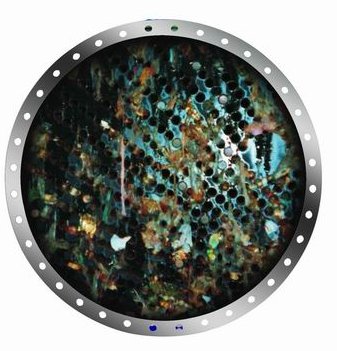|
Marco Polo (1851 Ship)
''Marco Polo'' was a three- masted wooden clipper ship, launched in 1851 at Saint John, New Brunswick. She was named after Venetian traveler Marco Polo. The ship carried emigrants and passengers to Australia and was the first vessel to make the round trip from Liverpool in under six months. Later in her career, the ship was used as a cargo ship before running aground off Cavendish, Prince Edward Island, in 1883. Design and description The vessel was initially designed as a cargo ship. The ship was of a medium clipper design which had an unusually sharp bow, tall masts and was broad amidships. The design was considered stable and able to withstand the punishment of the open sea.Hollenberg, pp. 13–14 ''Marco Polo'' was a long with a beam of and a draught of . The ship had a hold depth of . ''Marco Polo'' weighed 1,625 tons. The ship was square rigged and fitted with the roller reefing system that allowed the sails to be reefed from the deck rather than have the crew g ... [...More Info...] [...Related Items...] OR: [Wikipedia] [Google] [Baidu] |
Marco Polo
Marco Polo (, , ; 8 January 1324) was a Venetian merchant, explorer and writer who travelled through Asia along the Silk Road between 1271 and 1295. His travels are recorded in ''The Travels of Marco Polo'' (also known as ''Book of the Marvels of the World '' and ''Il Milione'', ), a book that described to Europeans the then mysterious culture and inner workings of the Eastern world, including the wealth and great size of the Mongol Empire and China in the Yuan Dynasty, giving their first comprehensive look into China, Persia, India, Japan and other Asian cities and countries. Born in Venice, Marco learned the mercantile trade from his father and his uncle, Niccolò and Maffeo, who travelled through Asia and met Kublai Khan. In 1269, they returned to Venice to meet Marco for the first time. The three of them embarked on an epic journey to Asia, exploring many places along the Silk Road until they reached Cathay (China). They were received by the royal court of Kublai Khan, ... [...More Info...] [...Related Items...] OR: [Wikipedia] [Google] [Baidu] |
Clipper Ship
A clipper was a type of mid-19th-century Merchant ship, merchant Sailing ship, sailing vessel, designed for speed. Clippers were generally narrow for their length, small by later 19th century standards, could carry limited bulk freight, and had a large total sail area. "Clipper" does not refer to a specific sailplan; clippers may be schooners, brigs, brigantines, etc., as well as full-rigged ships. Clippers were mostly constructed in British and American shipyards, although France, Brazil, the Netherlands and other nations also produced some. Clippers sailed all over the world, primarily on the trade routes between the United Kingdom and China, in transatlantic crossing, transatlantic trade, and on the New York-to-San Francisco route around Cape Horn during the California Gold Rush. Dutch clippers were built beginning in the 1850s for the tea trade and passenger service to Java. The boom years of the clipper era began in 1843 in response to a growing demand for faster delivery of ... [...More Info...] [...Related Items...] OR: [Wikipedia] [Google] [Baidu] |
Ceremonial Ship Launching
Ceremonial ship launching involves the performance of ceremonies associated with the process of transferring a vessel to the water. It is a nautical tradition in many cultures, dating back thousands of years, to accompany the physical process with ceremonies which have been observed as public celebration and a solemn blessing, usually but not always, in association with the launch itself. Ship launching imposes stresses on the ship not met during normal operation and, in addition to the size and weight of the vessel, represents a considerable engineering challenge as well as a public spectacle. The process also involves many traditions intended to invite good luck, such as christening by breaking a sacrificial bottle of champagne over the bow as the ship is named aloud and launched. Methods There are three principal methods of conveying a new ship from building site to water, only two of which are called "launching". The oldest, most familiar, and most widely used is th ... [...More Info...] [...Related Items...] OR: [Wikipedia] [Google] [Baidu] |
Poop Deck
In naval architecture, a poop deck is a deck that forms the roof of a cabin built in the rear, or " aft", part of the superstructure of a ship. The name originates from the French word for stern, ''la poupe'', from Latin ''puppis''. Thus the poop deck is technically a stern deck, which in sailing ships was usually elevated as the roof of the stern or "after" cabin, also known as the "poop cabin". On sailing ships, the helmsman would steer the craft from the quarterdeck, immediately in front of the poop deck. At the stern, the poop deck provides an elevated position ideal for observation. On modern, motorized warships, the ship functions which were once carried out on the poop deck have been moved to the bridge, usually located in a superstructure. See also *Common names for decks *Taffrail, the handrail around the poop deck *Quarter gallery, a projecting area at the stern *Puppis Puppis is a constellation in the southern sky. Puppis, the Latin translation of "poop deck ... [...More Info...] [...Related Items...] OR: [Wikipedia] [Google] [Baidu] |
First Class Travel
First class is the most luxurious and most expensive travel class of seats and service on a train, passenger ship, airplane, bus, or other system of transport. Compared to business class and economy class, it offers the best service and most comfortable accommodation. Aviation The First class (aviation), first-class section of a fixed-wing jet airliner is typically toward the front of the aircraft. Many airlines have removed first class altogether from their international flights, offering business class as their highest level of international service. First class passengers are usually allowed into Airport lounge, lounges at airports while they wait for their flights. Railways While first-class travel accommodation is common in intercity public transport rail services, they have become increasingly prevalent for commuters' short-distance daily travel, especially in rapid transit contexts, rather than longer-distance regional rail. Australia Australia has internal rail opera ... [...More Info...] [...Related Items...] OR: [Wikipedia] [Google] [Baidu] |
Travel Class
A travel class is a quality of accommodation on public transport. The accommodation could be a seat or a cabin for example. Higher travel classes are designed to be more comfortable and are typically more expensive. Airlines Traditionally, an airliner is divided into, from the fore to aft, first, business, and economy classes, sometimes referred to as cabins. In recent years, some airlines have added a premium economy class as an intermediate class between economy and business classes. Each class is further divided into invisible booking or fare classes, which although booked into the same cabin differ in conditions and benefits outside of the cabin class travelled, such as frequent-flyer points, baggage limit, change or refund policy, etc. Ocean liners Before cruise ships dominated the passenger ship trade, ocean liners had classes of service, often categorized as First Class, Second Class, and Steerage. Companies such as Cunard Line continue this tradition, offering Q ... [...More Info...] [...Related Items...] OR: [Wikipedia] [Google] [Baidu] |
Steerage (deck)
Steerage is a term for the lowest category of passenger accommodation in a ship. In the nineteenth and early twentieth century considerable numbers of persons travelled from their homeland to seek a new life elsewhere, in many cases North America and Australia. Many of those people were destitute in their homeland and had the minimum of resources to procure transportation. The term later widened to imply the lowest category of accommodation on a passenger vessel. Steerage class travel Steerage refers to the lowest possible category of long-distance steamer travel. It was available to very poor people, usually emigrants seeking a new life in the New World, chiefly North America and Australia. In many cases these people had no financial resources and were attempting to escape destitution at home. Consequently they needed transportation at an absolute minimum cost. In many cases they provided their own bedding and food. Steerage was very cramped and there was hardly any room for fres ... [...More Info...] [...Related Items...] OR: [Wikipedia] [Google] [Baidu] |
Fouling
Fouling is the accumulation of unwanted material on solid surfaces. The fouling materials can consist of either living organisms (biofouling) or a non-living substance (inorganic or organic). Fouling is usually distinguished from other surface-growth phenomena in that it occurs on a surface of a component, system, or plant performing a defined and useful function and that the fouling process impedes or interferes with this function. Other terms used in the literature to describe fouling include deposit formation, encrustation, crudding, deposition, scaling, scale formation, slagging, and sludge formation. The last six terms have a more narrow meaning than fouling within the scope of the fouling science and technology, and they also have meanings outside of this scope; therefore, they should be used with caution. Fouling phenomena are common and diverse, ranging from fouling of ship hulls, natural surfaces in the marine environment ( marine fouling), fouling of heat-transfe ... [...More Info...] [...Related Items...] OR: [Wikipedia] [Google] [Baidu] |
Passenger Ship
A passenger ship is a merchant ship whose primary function is to carry passengers on the sea. The category does not include cargo vessels which have accommodations for limited numbers of passengers, such as the ubiquitous twelve-passenger freighters once common on the seas in which the transport of passengers is secondary to the carriage of freight. The type does however include many classes of ships designed to transport substantial numbers of passengers as well as freight. Indeed, until recently virtually all ocean liners were able to transport mail, package freight and express, and other cargo in addition to passenger luggage, and were equipped with cargo holds and derricks, kingposts, or other cargo-handling gear for that purpose. Only in more recent ocean liners and in virtually all cruise ships has this cargo capacity been eliminated. While typically passenger ships are part of the merchant marine, passenger ships have also been used as troopships and often are commissio ... [...More Info...] [...Related Items...] OR: [Wikipedia] [Google] [Baidu] |
Deck (ship)
A deck is a permanent covering over a compartment or a hull of a ship. On a boat or ship, the primary or upper deck is the horizontal structure that forms the "roof" of the hull, strengthening it and serving as the primary working surface. Vessels often have more than one level both within the hull and in the superstructure above the primary deck, similar to the floors of a multi-storey building, that are also referred to as decks, as are certain compartments and decks built over specific areas of the superstructure. Decks for some purposes have specific names. Structure The main purpose of the upper or primary deck is structural, and only secondarily to provide weather-tightness and support people and equipment. The deck serves as the lid to the complex box girder which can be identified as the hull. It resists tension, compression, and racking forces. The deck's scantling is usually the same as the topsides, or might be heavier if the deck is expected to carry heavier loads ... [...More Info...] [...Related Items...] OR: [Wikipedia] [Google] [Baidu] |
Reefing
Reefing reduces the area of a sail, usually by folding or rolling one edge of the canvas in on itself and attaching the unused portion to a spar or a stay, as the primary measure to preserve a sailing vessel's stability in strong winds. Restoring full sail area is termed ''shaking out'' a reef. Whereas fore-and-aft rigged vessels store the unused portion of the sail on a boom, below the sail, square-rigged vessels stow the unused portion on a spar, above the sail. Reefing may occur by rolling the sail around its luff or foot, either on a rotating stay or within a spar. Fore-and-aft rigs Sails may have built-in alternative attachment points that allow their area to be reduced. In a mainsail, pairs of grommets, called reefing tacks, reefing clews, or reefing cringles may be installed in the sail; a cruising boat will typically have two to three pairs. Pulling these points down to the boom forms a new tack and clew, reducing the sail's area. Using the pair of grommets closest t ... [...More Info...] [...Related Items...] OR: [Wikipedia] [Google] [Baidu] |
Square Rig
Square rig is a generic type of sail and rigging arrangement in which the primary driving sails are carried on horizontal spars which are perpendicular, or square, to the keel of the vessel and to the masts. These spars are called ''yards'' and their tips, outside the lifts, are called the ''yardarms.'' A ship mainly rigged so is called a square-rigger. The square rig is aerodynamically the most efficient running rig (i.e., sailing downwind), and stayed popular on ocean-going sailing ships until the end of the Age of Sail. The last commercial sailing ships, windjammers, were usually square-rigged four-masted barques. History The oldest archaeological evidence of use of a square-rig on a vessel is an image on a clay disk from Mesopotamia from 5000 BC. Single sail square rigs were used by the ancient Egyptians, the Phoenicians, the Greeks, the Romans, and the Celts. Later the Scandinavians, the Germanic peoples, and the Slavs adopted the single square-rigged sail, with it be ... [...More Info...] [...Related Items...] OR: [Wikipedia] [Google] [Baidu] |


_-_SLV_H91.325-1033.jpg)







.png)
